Log Status
Documenting
Domain
🎓 Academia
Domain Detail
BCAA
Acknowledgements
Matthew TanColin ChewKenneth KohLim Meng KuanFathurrahmanHong YiSyafiqah
Role
AuthorCoordinator
Project Stage
Conceptual DesignSchematic Design
Specialisation
MassingSpace PlanningWELL
Tools Utilised
RevitArchiCADRhinoGrasshopper3DS MaxLadybugCorona RendererEnscapeIllustratorPhotoshopFrescoMorpholio Trace
‣
- 1 / Site Investigation and Planning Parameters
- 1.1 / Overview
- 1.2 / Neighbouring Context
- 1.3 / Vernacular Context
- 1.4 / Landscaping
- 1.5 / Circulation
- 1.6 / Sensory
- 1.7 / Environmental Factors
- 1.8 / Precedent Programme and Spatial Organisation
- 2 / Proposal
- 2.1 / Macro
- 2.1.1 / Parti
- 2.1.2 / Programme
- 2.1.3 / Massing
- 2.2 / Micro
- 2.2.1 / Building Envelope: Exterior
- 2.2.2 / Building Envelope: Interior
- 2.2.3 / Rooftop
- 2.2.4 / Focal Circulation and Ancillary Breakout Spaces
- 2.2.5 / Circulation from Block G
- 2.2.6 / Spatial Programming
- 2.2.7 / Water, Energy and Waste Management
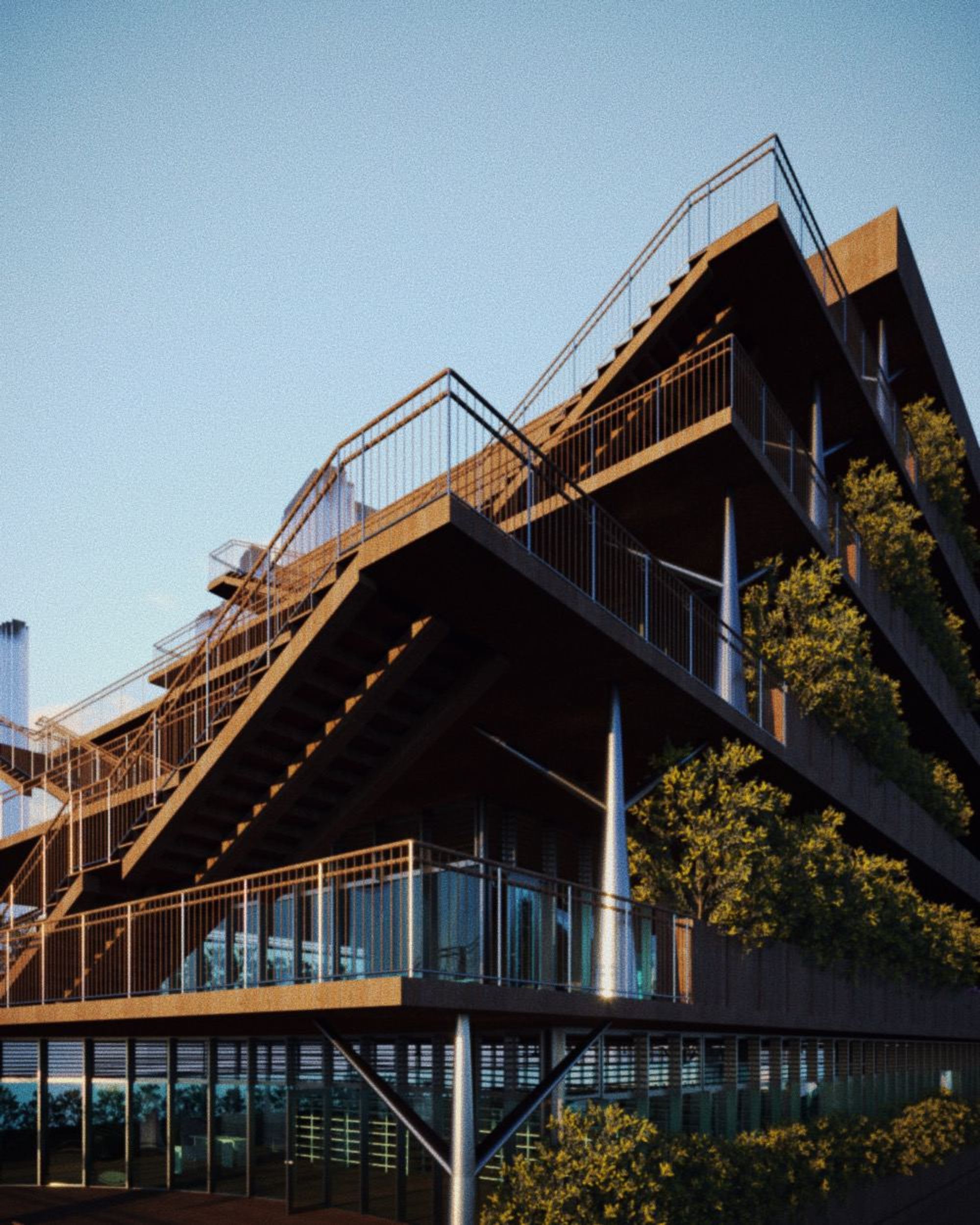
Like many secondary schools in Singapore, Bukit View Secondary School’s existing Block H was peculiarly typical; a rectangular concrete massing devoid of biophilia and opportunities for occupant respite. In this particular scenario, environmental affordances such as daylighting, ventilation and views are not fully capitalised upon too. Taking conceptual inspiration from the name of its locality, where “Bukit” directly translates to “Hill” in Bahasa, the terraced proposal is an intervention introducing Cross-Laminated-Timber techniques to its predominantly concrete context. As an attempt at an improved solution, passive design and wellness strategies related to biophilia and views take priority in informing the proposal. Non-obvious but playing an important role, the overarching programme is maintained but flipped in its arrangement based on the concept of a hierarchy of power consumption — where HVAC intensive spaces are delegated to the bottom to reduce added cooling requirements because of natural thermal conditions. Other spaces then stagger towards the top with spaces benefitting from natural daylight taking preference.
1 / Site Investigation and Planning Parameters
1.1 / Overview
1.2 / Neighbouring Context
1.3 / Vernacular Context
1.4 / Landscaping
1.5 / Circulation
1.6 / Sensory
1.7 / Environmental Factors
1.8 / Precedent Programme and Spatial Organisation
2 / Proposal
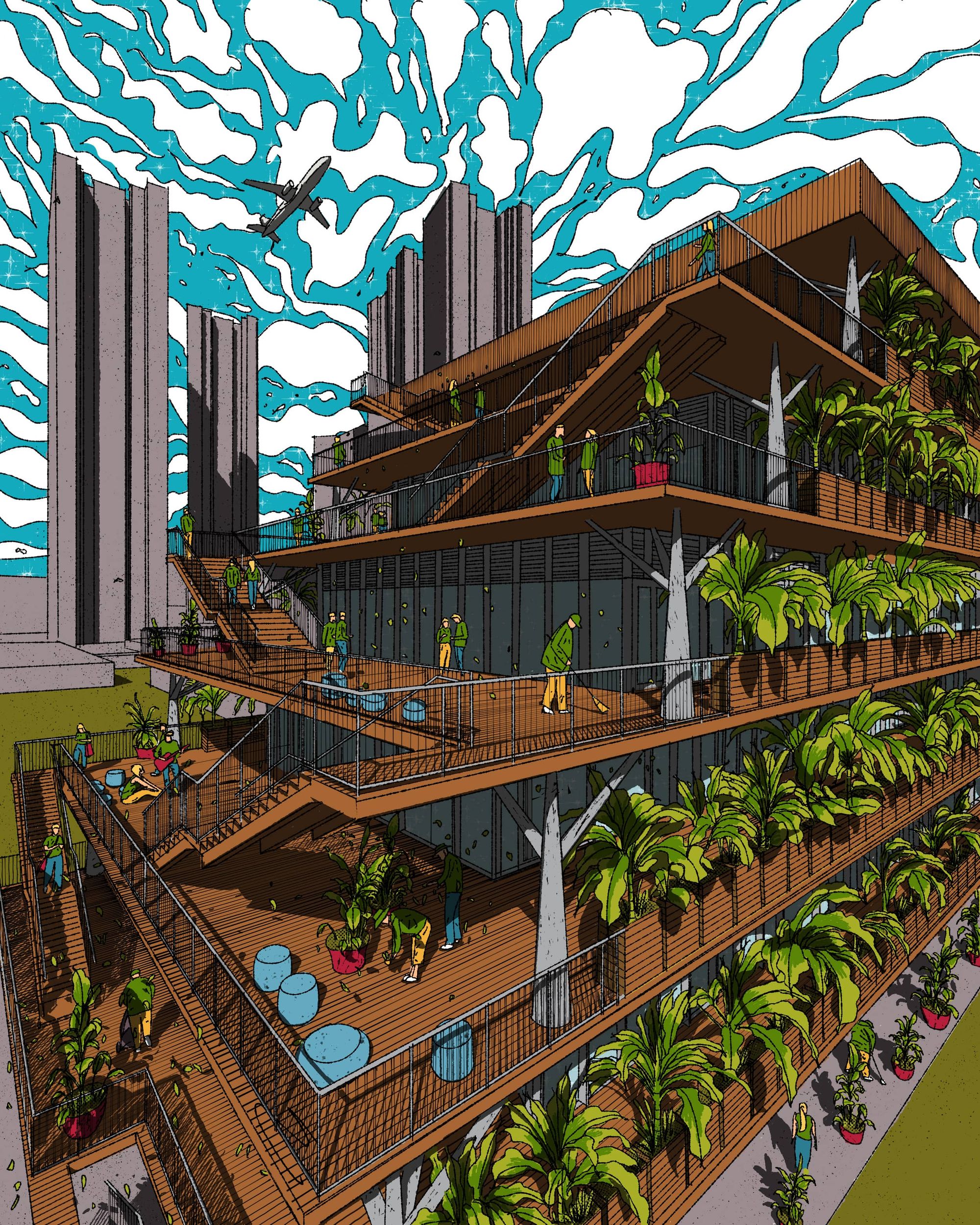
2.1 / Macro
2.1.1 / Parti
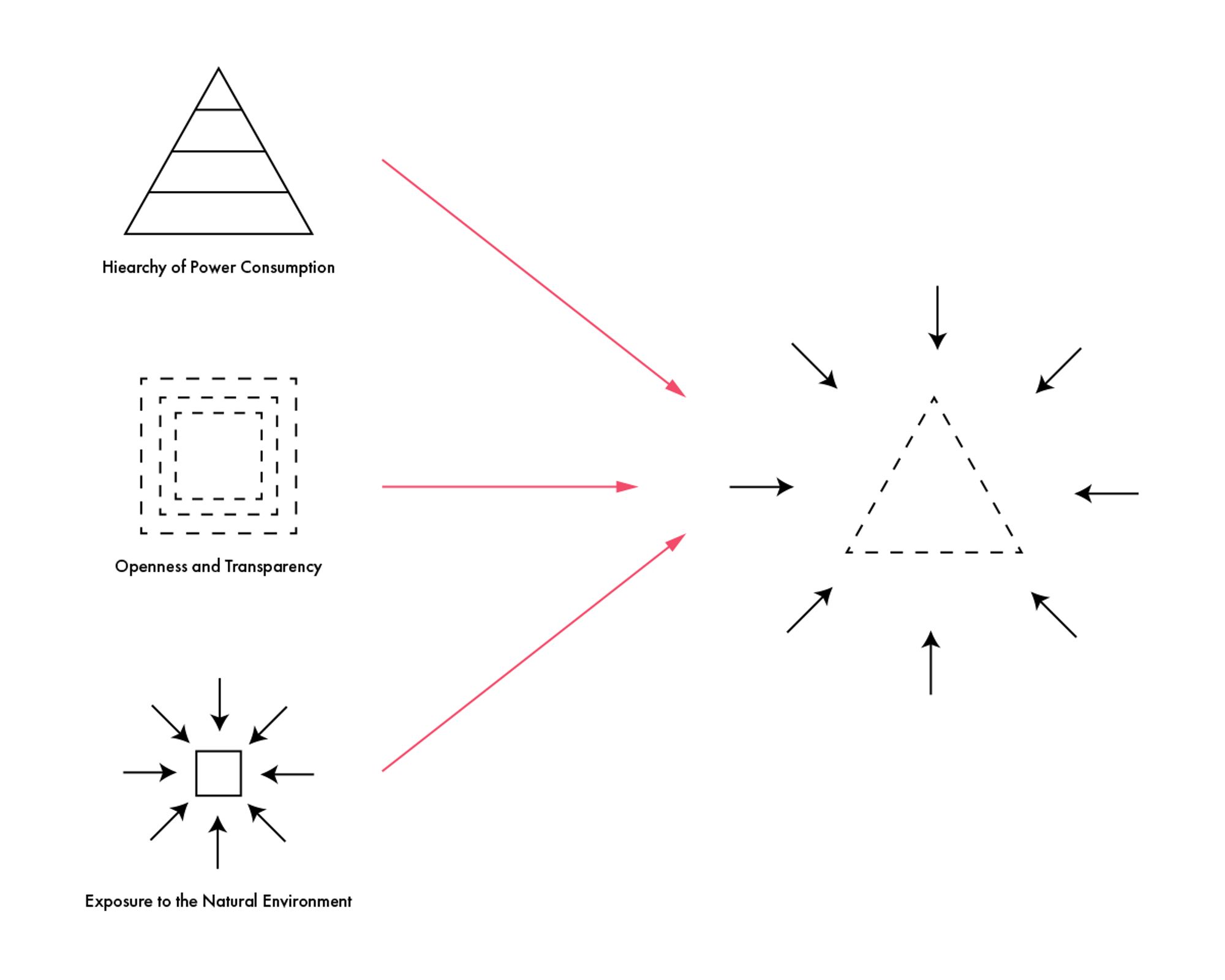
2.1.2 / Programme
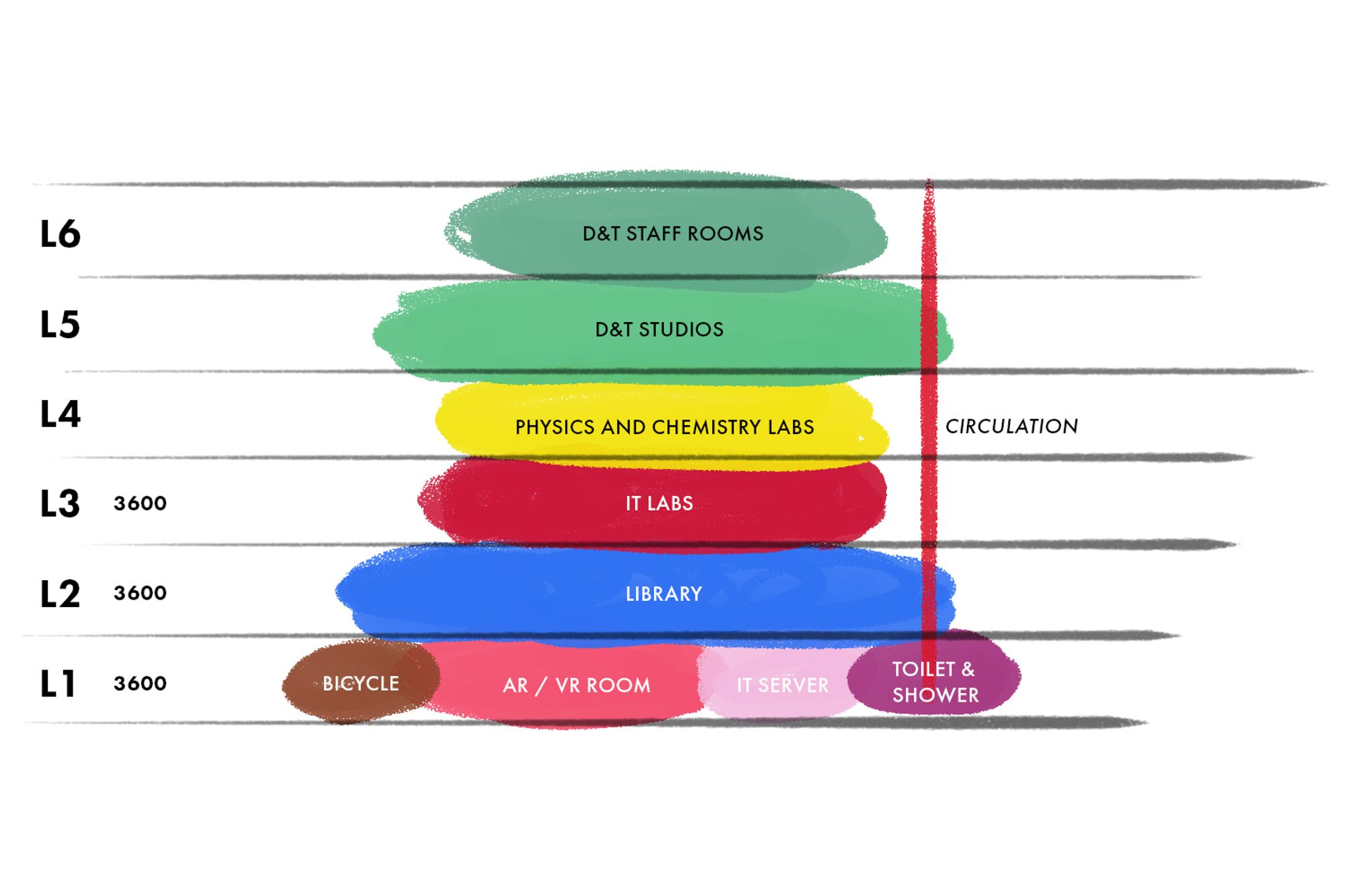
2.1.3 / Massing
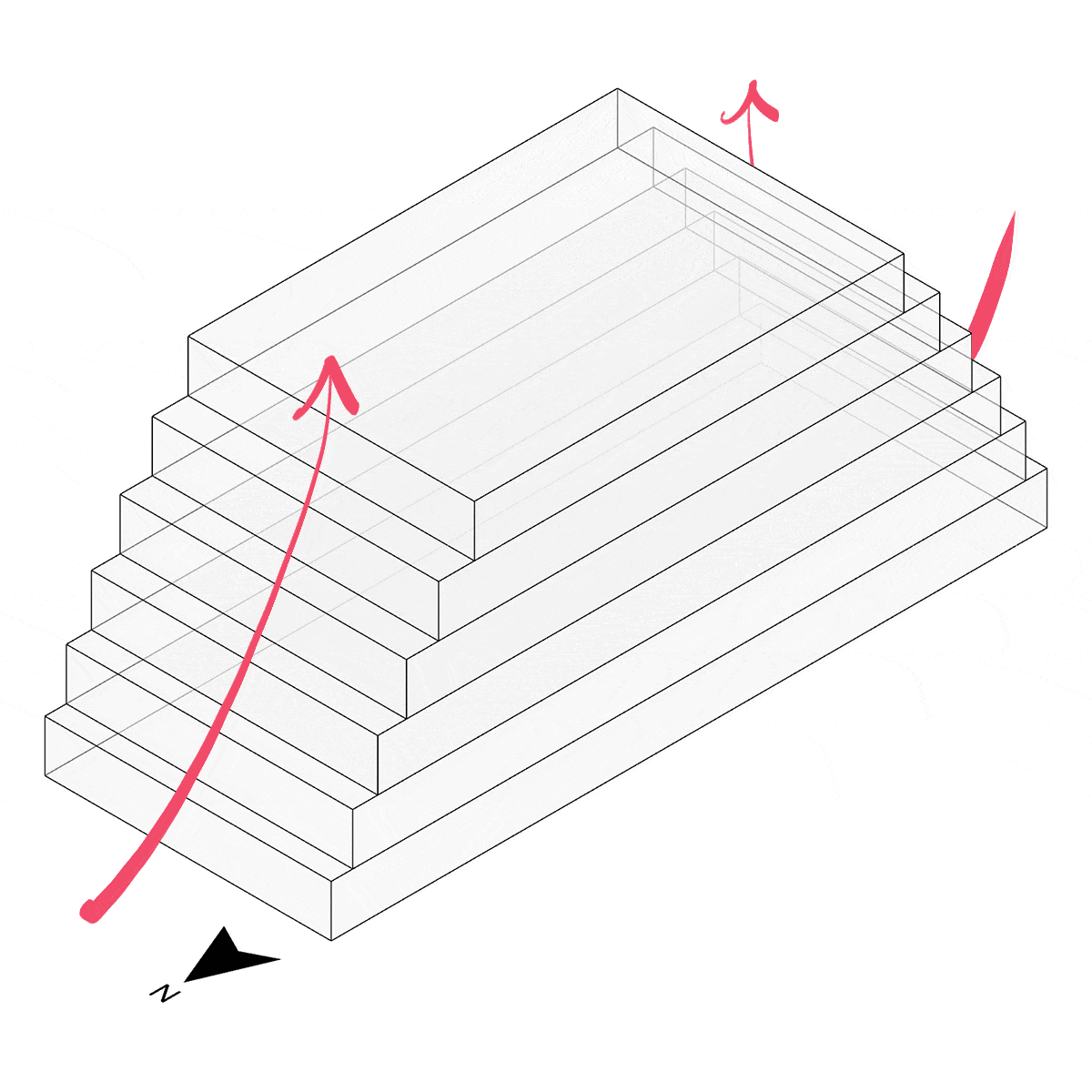
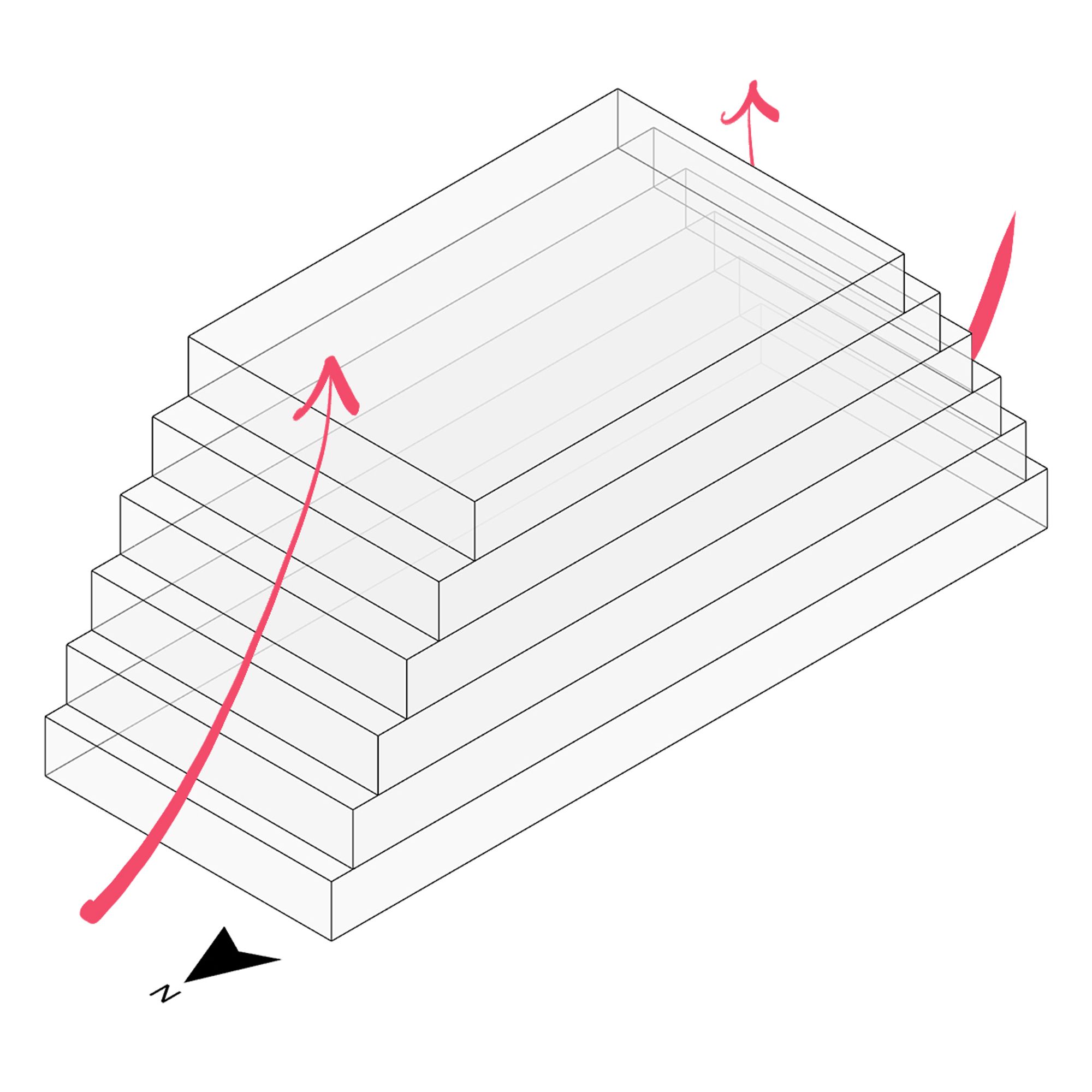
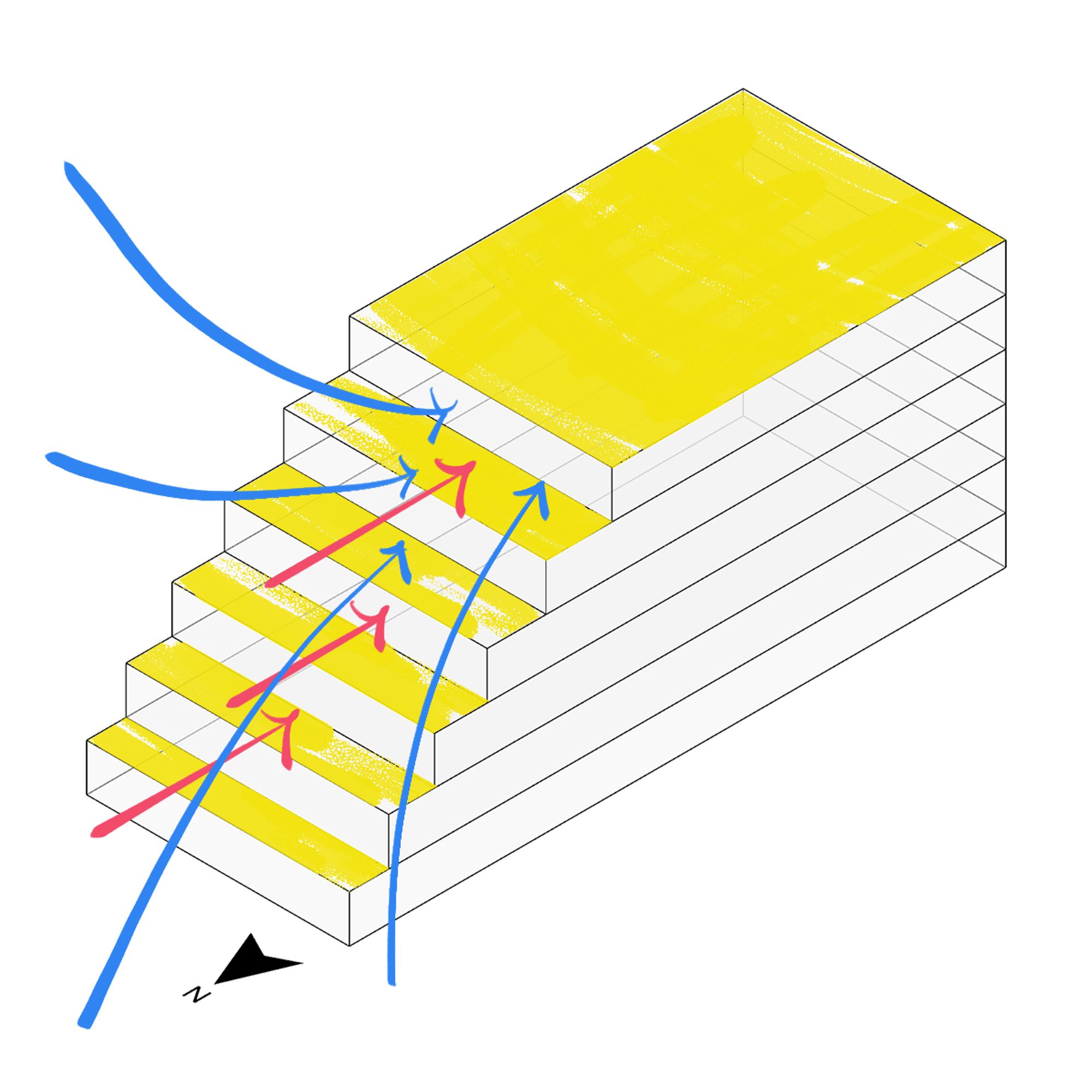
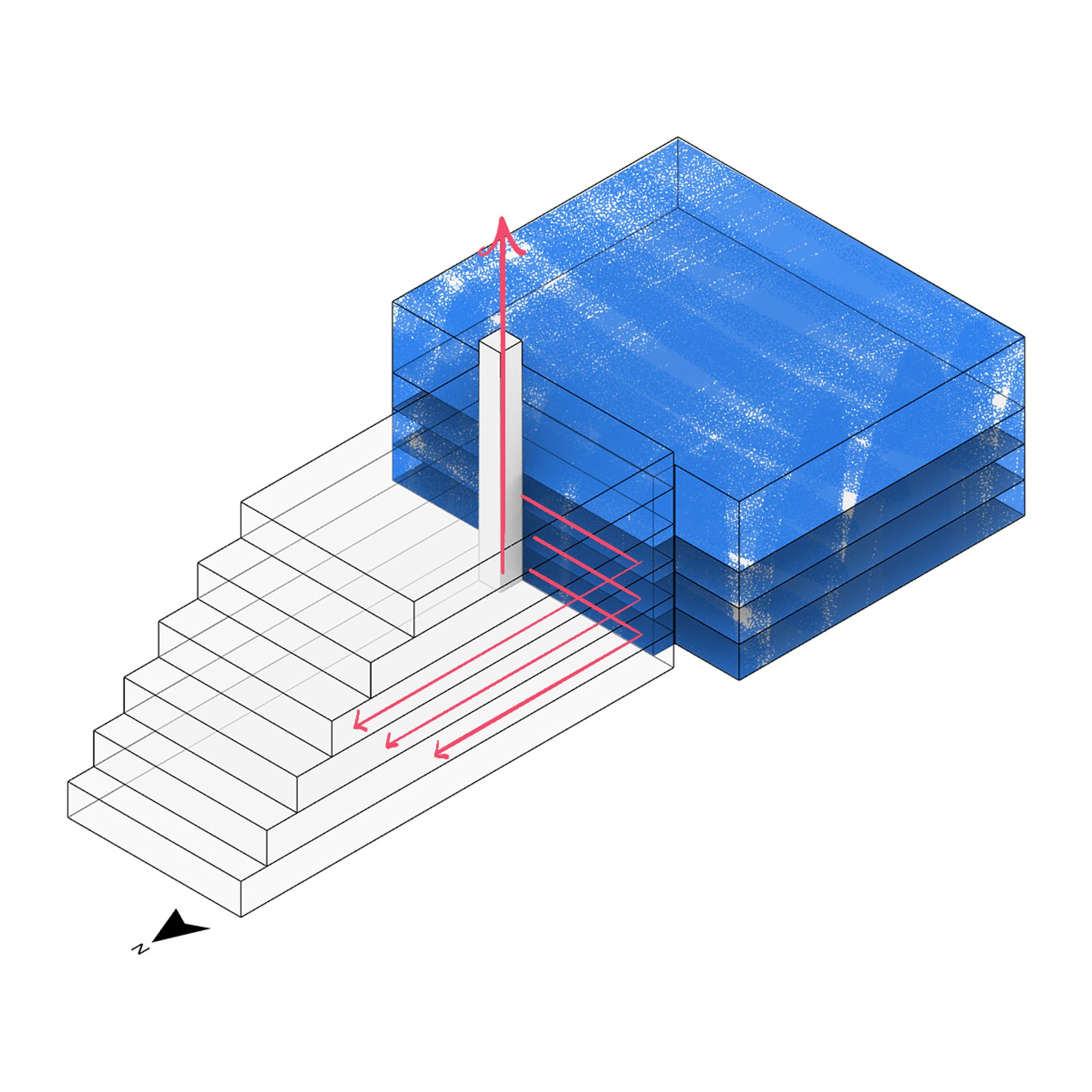
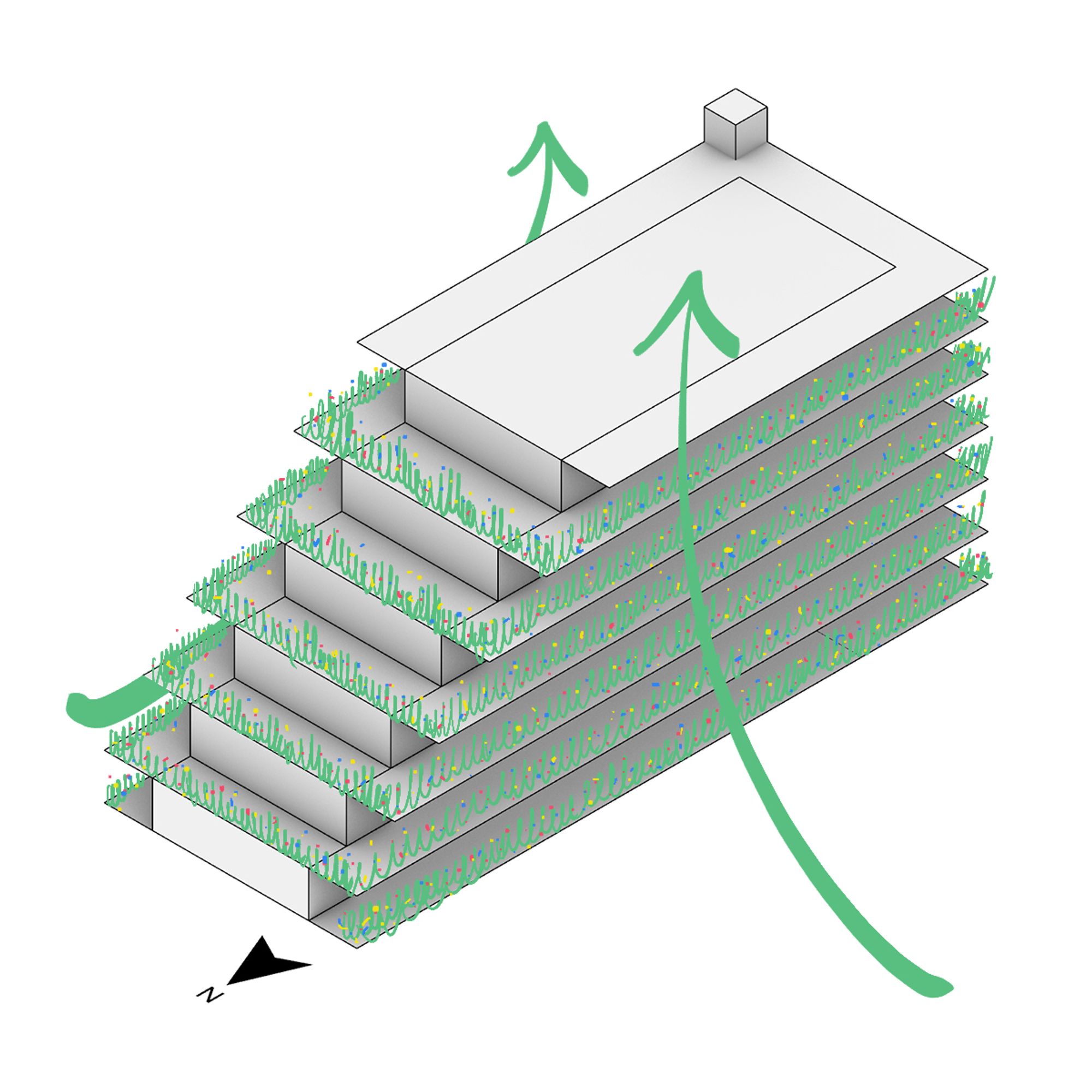
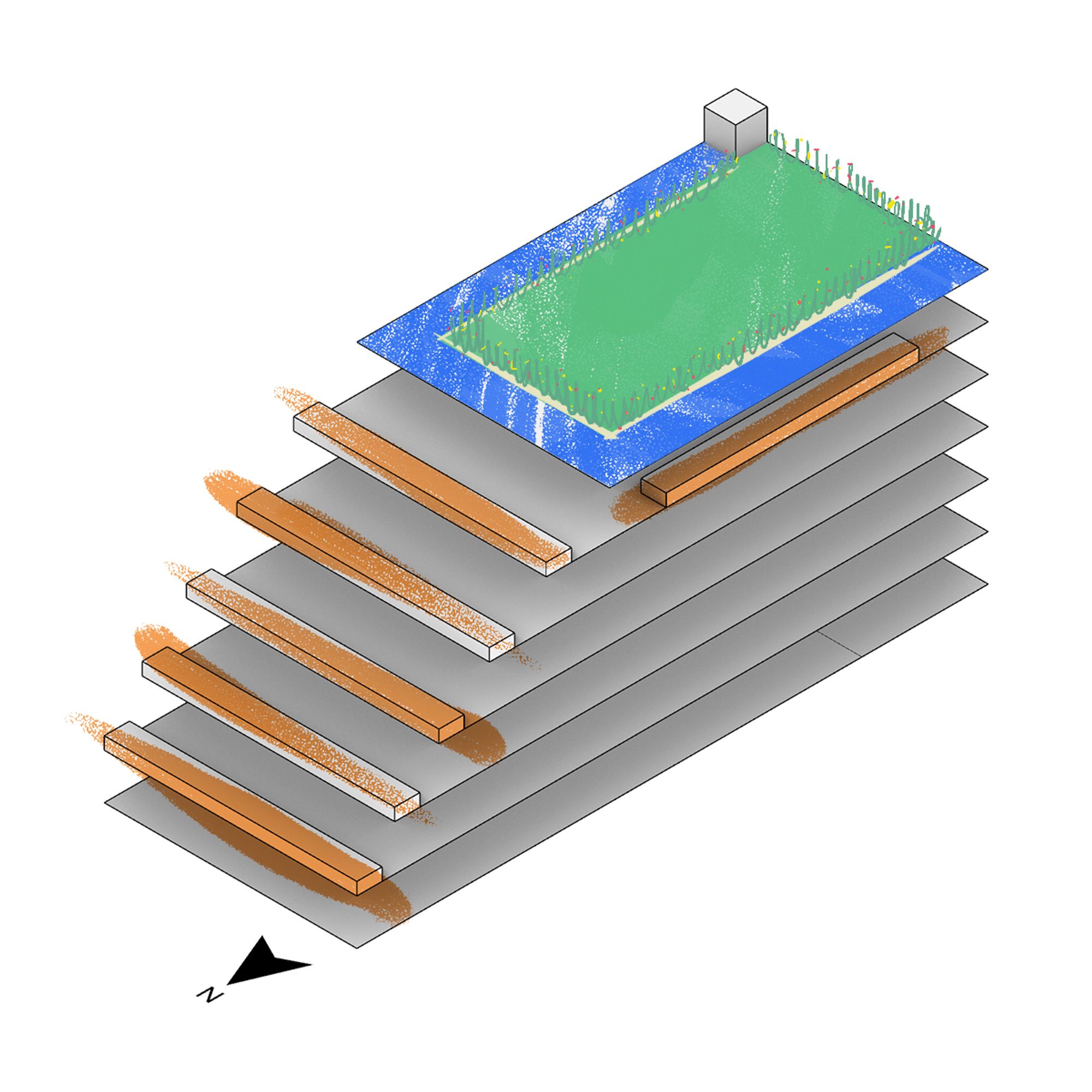
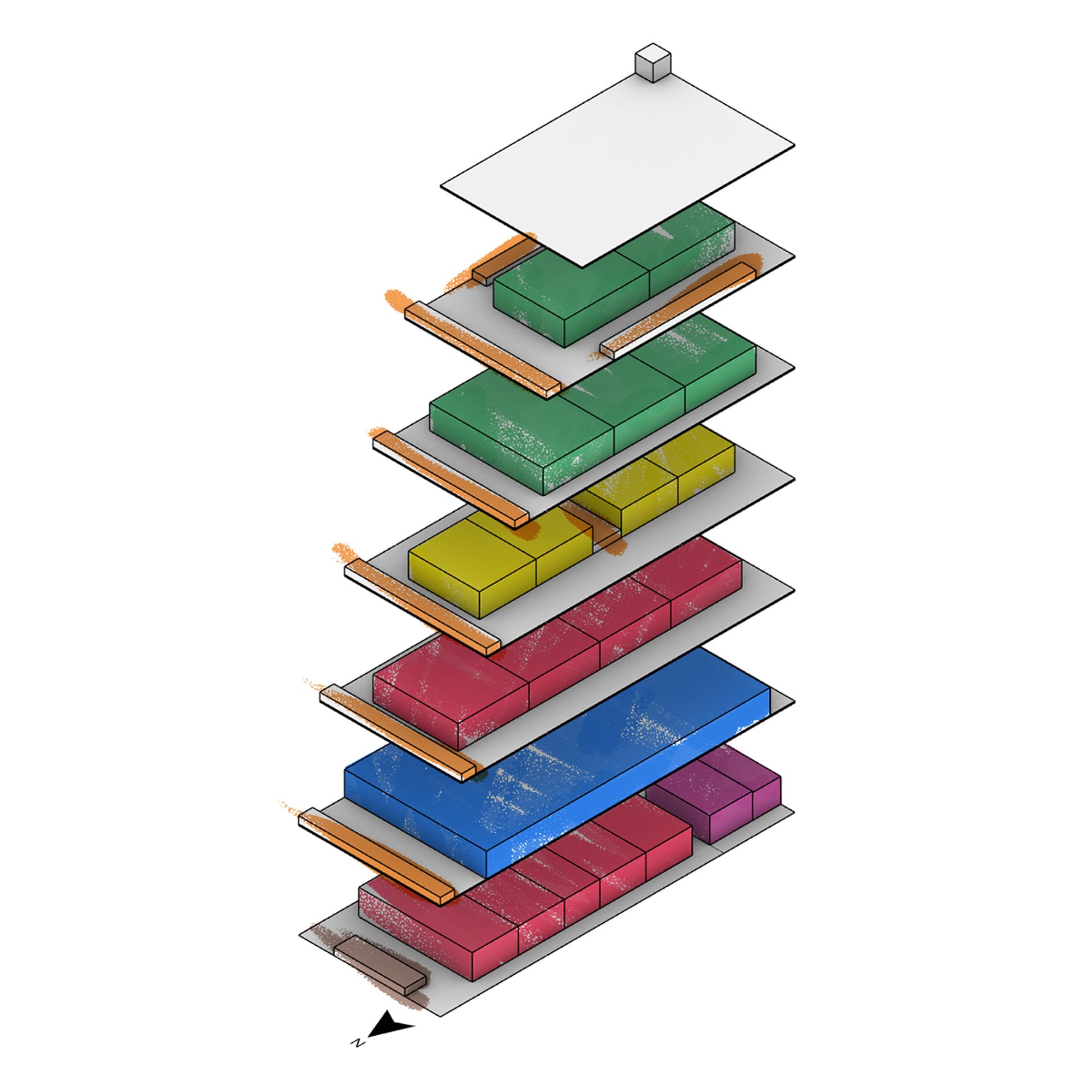
2.2 / Micro
2.2.1 / Building Envelope: Exterior
2.2.2 / Building Envelope: Interior
2.2.3 / Rooftop
2.2.4 / Focal Circulation and Ancillary Breakout Spaces
2.2.5 / Circulation from Block G
2.2.6 / Spatial Programming
2.2.7 / Water, Energy and Waste Management
Singapore General Hospital, Department of Emergency Medicine (SGH-H9A-DEM)
Singapore General Hospital, Department of Emergency Medicine (SGH-H9A-DEM)
National University Centre for Oral Health, Singapore (NUCOHS)
National University Centre for Oral Health, Singapore (NUCOHS)